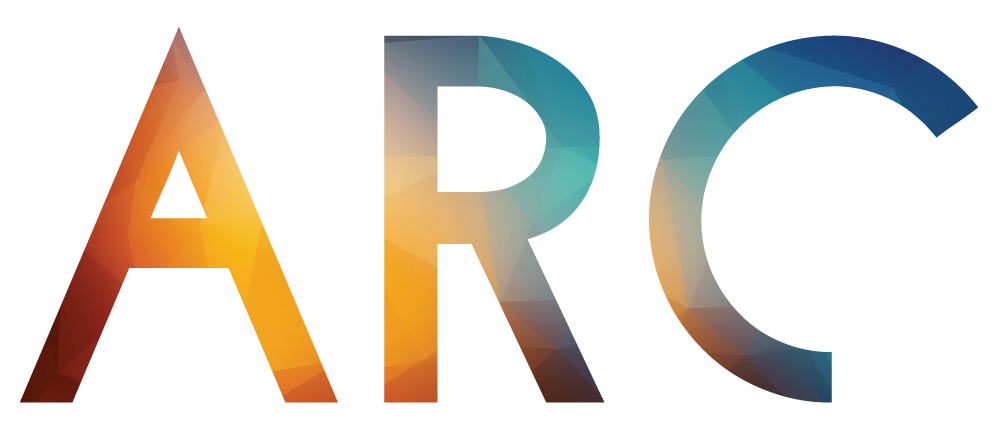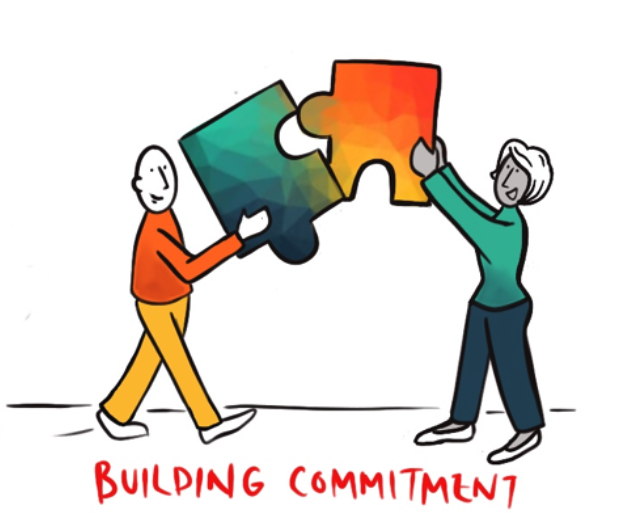A new way of working - leadership in the digital age
In the past, there was only one style of leadership: the bosses had all the answers. Things worked from the top down in a strict hierarchy, with leaders giving direction and tracking each employee’s actions as they all worked to one plan. But in the digital age things have changed.
Leaders have previously had to deal with various waves of digital thinking: the dot.com boom, Digital 2.0, Lean, Six Sigma, Agile, DevOps, design thinking, customer centricity… the list goes on. All of which leaves them in an odd position. Because they’re now being told that it’s okay if they don’t know it all.
This is new territory for many – leadership in the digital age has no answers or common language, no core concepts or phrases in place. But we still need strong leaders who can guide their people through whatever wave comes along next (especially with things like Brexit on the way…!), and make sure all the pieces fit together.
So what’s a leader to do? Luckily, this is something we can help you with.
Five universal leadership traits
From our work with leaders, we believe that the great ones have these five abilities:
They make the complex simple
They build commitment
They encourage learning
They cultivate resilience
They embrace inclusivity.
Let’s have a look at each of these in detail.
1. They Make the Complex Simple
Great leaders take a complicated and confusing world and make it simple and natural for everyone. There’s a real skill to doing this, a lot of which is down to good storytelling in an authentic human voice – one that people can connect with and find purpose in.
Making the complex simple also means helping teams make sense of changing workplaces. So great leaders bridge the gap between old ways and new ones. And they do this for everyone – not just the early adopters.
2. They Build Commitment
Great leaders inspire people around them by finding a shared vision – even if they don’t know what the end outcome will be. Whereas in the past leadership was often more about power and control, it’s now a collective endeavour. Today’s business landscape is one of partners, teams, networks and shared ownership. Getting teams to come together around one purpose is key.
Great leaders know how to do this, and how to get the most from it. And after they’ve built a great team, they empower and delegate to them to get the commitment they need. They also make sure all the different parts of the combined system see the contributions they make.
3. They Encourage Learning
The days of leaders knowing it all are long gone (thank god). Now it’s about being curious and actively seeking new perspectives. Great leaders are constantly learning and exploring, taking that curiosity and turning it into something else. They have the confidence to experiment.
It’s impossible now for anyone to have all the answers, as we haven’t faced many of these challenges before. But great leaders learn through trying new things and experimenting, and allow their teams to do the same. Giving them permission to pivot and reset when needed. So while we’re still learning, we’re now doing it around a hypothesis. Great leaders keep things tight and broad at the same time. It’s all about finding the right balance between when to experiment and try, and what to take further.
4. They Cultivate Resilience
Sometimes it feels like there’s no end to the onslaught of to-dos in the digital world – there’s always more to learn, explore and do. Great leaders have the resilience to deal with this onslaught, and also with things not working. And they have to find a balance for themselves and their teams. This includes making a call on how much their people can and can’t do. In this world of 24/7 tech, great leaders watch and then step in when that goes too far. They know that the world won’t end if they stop a busy team to let them take a breath.
Great leaders also overcome setbacks and help others do the same. They create a safe space for everyone to speak openly. They build empathy in the workplace, becoming role models who show the behaviours they expect.
Building these types of tools, mindsets and behaviours into teams’ rhythms keeps them strong and stops them burning out.
5. They Embrace Inclusivity
This is our favourite trait. Today’s leaders see the power of others much more than they have in the past.
The internet’s changed the world, and it’s done it fast. Which means many organisations now have up to four generations in one workplace who were all brought up in very different times. So it’s vital leaders embrace the ideas, insights and perspectives of a diverse team made up of digital natives and silver surfers (and everyone in between). And to do that they must build collective trust and psychological safety – so everyone has a voice and feels they can speak up.
Work boundaries are changing too, as partnerships, supply chains and networks grow around organisations and teams. People can work virtually, remotely and flexibly from anywhere in the world. Great leaders don’t enforce one way of being or thinking on a team. They embrace this, and find a way to include everyone.
We’re not saying that doing this is easy. There are bound to be some mistakes along the way – everyone has their own conscious and unconscious biases. Unpicking these is all part of learning and growing. But combining this inclusivity with the other traits will help leaders build loyal and effective teams.
These five leadership traits take time to develop. But it’s important that companies invest in them. A good place to start is to just give people the space and time they need to understand what these traits mean in their own situations.
Need some help?
If you’d like us to help you or your team’s explore this, please get in touch (talk@thearc.group). We’d love to work with you.
Feature Image : Unsplash @markusspiske






